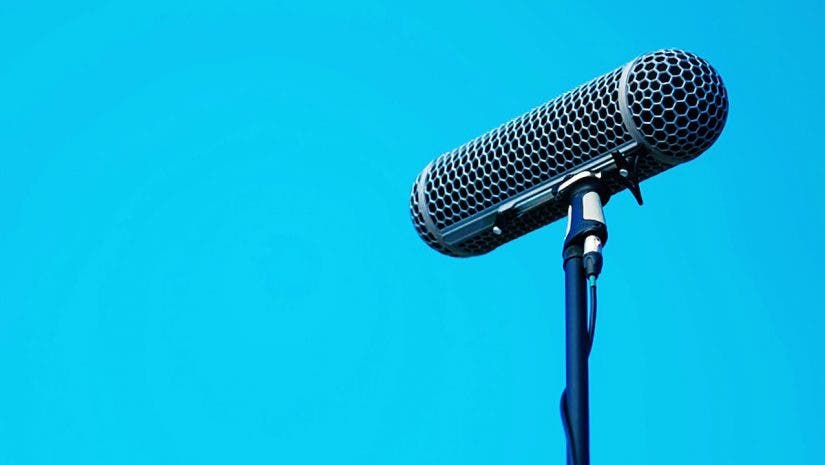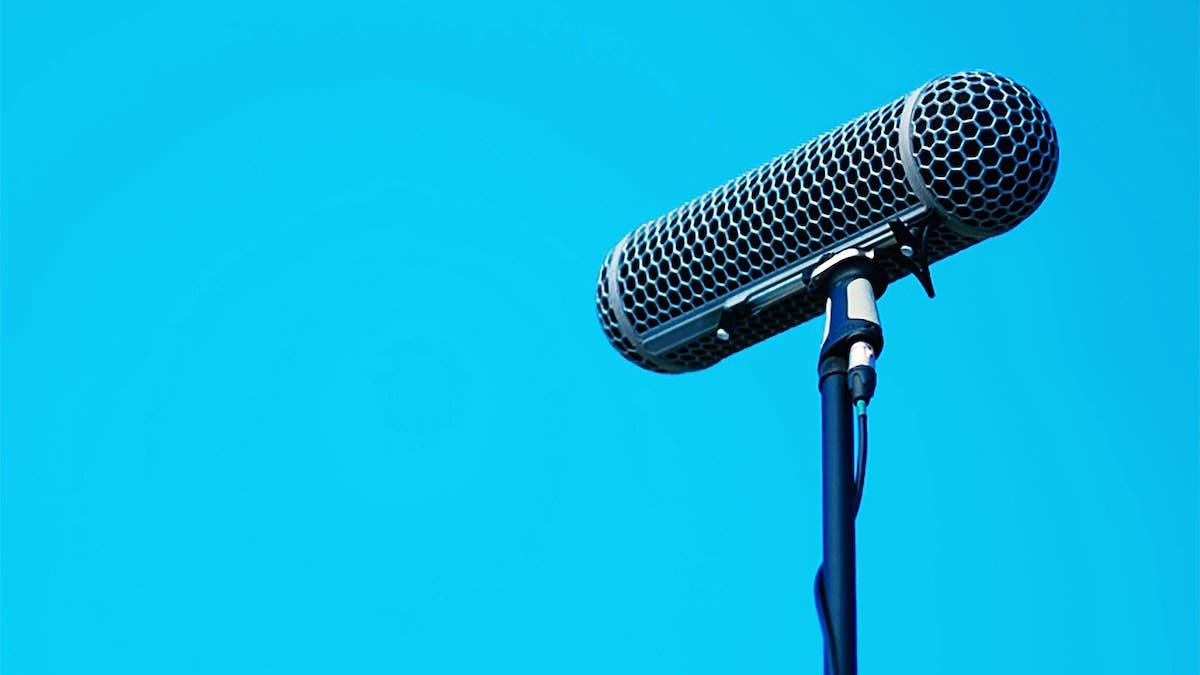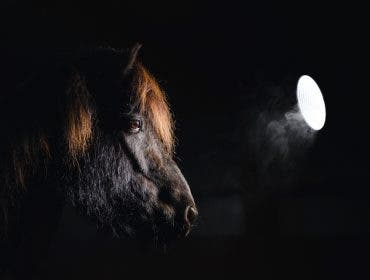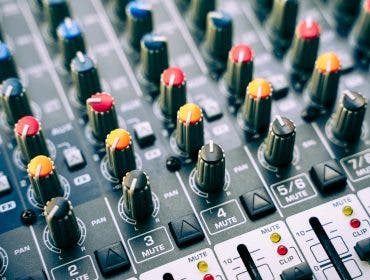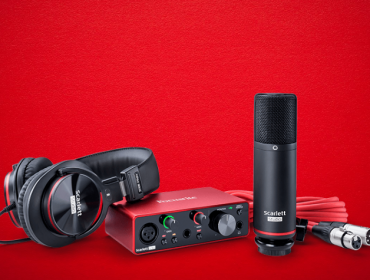While video quality matters, sound quality is equally as important — often differentiating amateur and professional content. In this article, we’ll discuss various shotgun microphones to capture the best audio possible for seamless pairing with your video. The guidelines offered here will help you achieve high-quality sound by choosing the best shotgun microphone for your work.
What is a Shotgun Microphone?
Shotgun microphones are directional and pick up sound that’s directly in front of them while, at the same time, reducing noise coming from other directions. Microphones of this type are sometimes called interference-type line microphones because they’re highly sensitive. For this reason, you must aim the microphone at the sound source in order to record it. This means you can concentrate on what you’re saying without worrying if the microphone will pick up any supplementary sounds.
You can get the best sounding recordings for your video content with a boom mic or a longer shotgun-style mic if you’re in a controlled environment. A “boom mic” is essentially a boom pole-mounted shotgun mic. These are the best way to record audio since they sound the most natural right out of the box. Although they are most commonly on film sets, they’re perfect for interviews and content creators who do things solo.

What is a Shotgun Mic Used For?
Shotgun microphones are an excellent choice for voiceovers, live event coverage, streaming, foley, and location sound capture. For instance, an interview is a perfect example of needing to capture people’s voices clearly without background noise.
What is the Difference Between a Shotgun Mic and Other Mics?
The term “shotgun” refers to the polar pattern of the microphone. Most shotgun microphones are hyper-cardioid patterns. This means the microphone is very directional, so you can point it at a specific subject and it will only pick up their voice.
Dynamic microphones and condenser microphones are two types of mics based on their capsule components and mechanisms. Generally speaking, dynamic microphones are less sensitive but more robust and best used on loud sources. Meanwhile, condenser microphones are more sensitive to small changes but can be overloaded if the source is too loud.
The quality of rejection is as important as the degree of rejection. Even a highly directional shotgun will admit off-axis sound at certain frequencies. When this audio is colored by comb-filtering artifacts, your end result will be affected. Most shotgun mics are reasonably good at capturing on-axis audio. Although, for the best overall audio, it’s important to look for low-self noise and high sensitivity in conjunction with a natural on-axis sound and uniform off-axis rejection.
In general, most shotgun mics require 48V phantom power from a mixer while other on-camera versions and capsule mics use the camera’s internal power, or have a removable battery. Shotgun mics are a great choice if you need to speak from a distance and don’t want to hold a dynamic microphone or wear a lavalier microphone.
Shotgun vs. Lavalier
Both shotgun mics and lavaliers (lapel mics) can capture quality audio when used properly. They are perfect for interviews, vlogging, and dialogue. Since lavalier mics clip to the subject, even the omnidirectional variety can provide a good signal-to-noise ratio. A wired lavalier mic can be plugged directly into a 3.5mm jack and record directly to the video file. Wireless lavalier mics require a transmitter, which can also be plugged into 3.5mm or recorded to a separate mixer to sync up later in post-production.
Despite lavaliers being suitable for a ton of things, the form factor of a shotgun mic make them more versatile. When compared to lavaliers, shotgun microphones can sound more natural. Also, they can be kept out of your shots without needing to be hidden on actors, yourself, or interviewees.
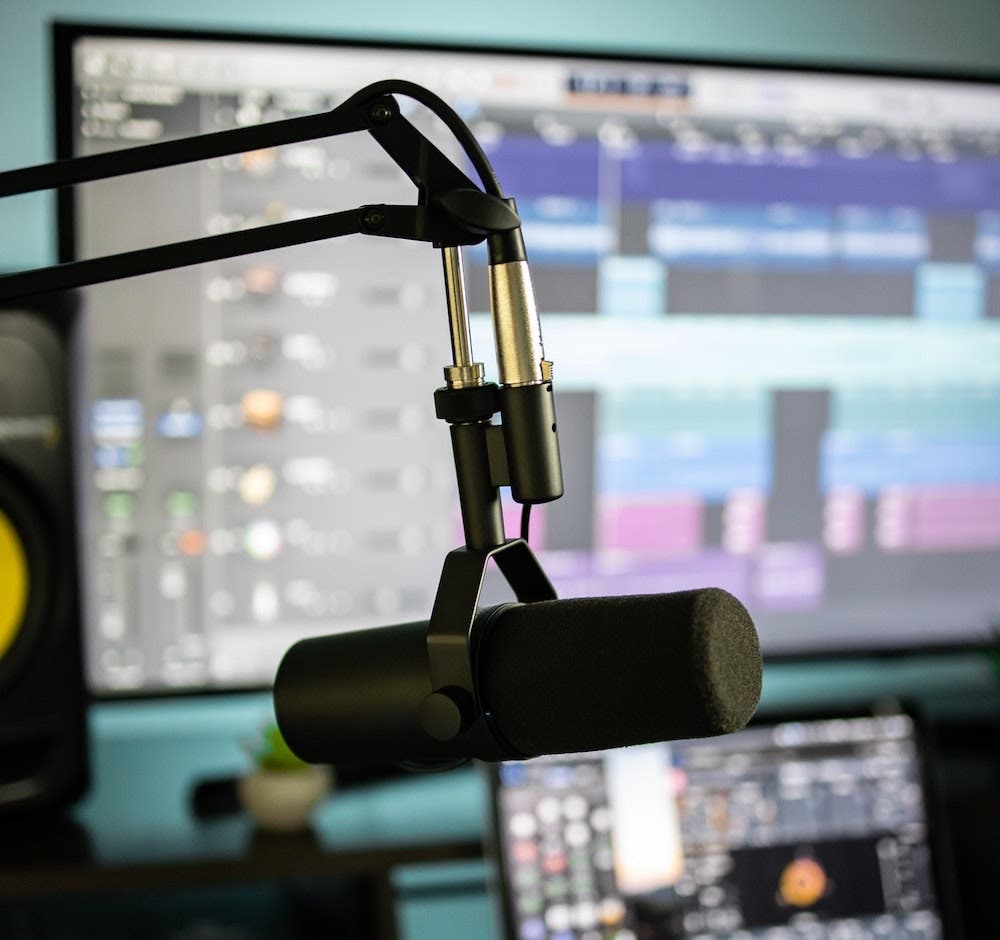
How Far Can Shotgun Mics Reach?
That all depends! A shotgun mic is much longer than a typical microphone. This is why they are reassembled as shotgun. The practical range is the most important factor to consider when choosing a mic. A shotgun mic typically has a pickup range around four to ten feet.
Generally, a medium shotgun works well enough for booming and picking up voices. Although a short shotgun microphone is less directional than its longer siblings, it still provides better rejection of off-axis high frequencies than a hyper-cardioid microphone.
Longer tubes will reject more off-axis sound, but they are also more difficult to work with due to their length. Since moving the microphone even slightly off-axis will result in attenuation of the sound source, this microphone is quite sensitive to positioning and requires a fixed mic/source or a skilled boom operator. Often, this is the best option for loud environments.
If you’re looking for advice on how to record audio in nature, check out this AdoramaTV video:
Where Should I Aim the Shotgun Mic?
Since shotgun microphones are directional, they’re excellent for capturing natural sounding dialogue. Just aim it at the chin or upper chest, stay about 2-3 feet away from the subject’s mouth, and pay attention to your frame so the mic doesn’t end up in the shot. It’s common to record dialogue above your talent, but you may also record it below your talent depending on the situation. Experiment with what works best and sounds great.
The capsule-style mics on cameras are pretty directional. You’re going to hear what you point them to more than anything else. You should aim to record about three to four feet (one meter) away from your subject. When handling your camera, on-camera capsules and shotgun microphones come with built-in shock mounts to protect them from vibrations, shocks, and wind that may rush across the end capsule. These types of mics are great for grab-and-go content creation.
Shotgun Mic Options
Sennheiser MKE 200 Super Cardioid On-Camera Microphone
This is a directional on-camera microphone with built-in wind protection and shock absorption for enhanced in-camera audio. It includes 3.5mm TRS and TRRS coiled cables for compatibility with DSLRs and mirrorless cameras.
- Directional microphone for improved in-camera audio
- Stylish and compact design
- Integrated wind protection and internal suspension mount
- Universal cold shoe mount
- Battery free operation
For novice users looking for a cost effective upgrade, the MKE 200 works well as a DSLR or mirrorless camera microphone at a relatively low price that improves the quality of audio.
Sennheiser MKE 400 Compact Shotgun Microphone
Designed to isolate and improve the audio for your videos, the MKE 400 is a compact, highly directional on-camera shotgun microphone. In addition to the built-in wind protection and integrated shock absorption found in the MKE 200, the 400 offers numerous other features to ensure the best possible recordings.
- Built-in headphone jack with volume control for monitoring audio
- 3.5 mm TRS and TRRS connections for cameras or mobile devices
- Automatically powers on/off when connected
- Highly directional for isolated dialogue capture
- Built-in windscreen and shock mount
- Compatible with DSLR/M cameras and mobile devices
- A low-cut filter and 3-step sensitivity switch
Travel vloggers or beginner videographers looking to upgrade their audio setup will find the Sennheiser MKE 400 microphone indispensable.
Sennheiser MKE 440 Compact Stereo Shotgun On-Camera Microphone
MKE 440 uses two mini shotgun microphones that are aligned and matched to ensure it captures the audio you need while rejecting noise off-axis. It differs from conventional stereo microphones due to this feature. Micro-mesh stainless steel wind protection reduces wind noise and protects the fine high frequency details of your sound.
- Dual mini shotgun mics create frontal focus
- Suppresses ambiance and background noise
- Built-in elastic suspension and wind protection
- 3 level sensitivity adjustment and low-cut
- Compact, all-metal construction
- Standard size camera shoe mount
With its ability to capture sounds without losing tone, this is ideal for audio voice recordings as it won’t need any post-production adjustments. Thanks to its optimized acoustic characteristics and adjustable sensitivity, the MKE 440 is also ideal for music or ambiance recordings.
Sennheiser MKE 600 Shotgun Microphone
The MKE 600 is the ideal shotgun microphone for the most demanding filmmaking tasks. Because of its high directivity, it picks up sounds coming from the direction the camera is pointing and effectively reduces side and rear noise. Additionally, a switchable “Low Cut” filter reduces wind noise. Because some cameras don’t provide phantom power, the 600 can be battery-powered.
- Compact design
- Exceptional directivity, Excellent noise suppression
- Maximum side noise rejection
- Switchable low-cut filter
- Phantom or battery powering
- Battery switch, “Low Batt” indicator
- All-metal housing
Pro-production sound begins with short shotguns, which have been staples on sound stages and locations around the world for decades. It’s a super-cardioid short shotgun mic that you can boom or camera mount depending on your needs. Sennheiser’s MKE 600 will fit into tight spaces on any set and can be mounted on a camera if the shot calls for it.
Sennheiser MKH-416 Shotgun Tube Microphone
In both film and television, the 416 has been a long-standing shotgun mic because of its sound and build quality. It has a compact pressure-gradient design with short interference tubes, and its RF condenser design makes it highly resistant to humidity. Featuring high directivity, low self-noise, and high consonant articulation and feedback rejection, the MKH 416 can handle difficult exterior filming and reporting conditions with ease.
- Very low inherent self-noise
- High sensitivity
- Transformerless and fully floating balanced output
- Rugged, suitable for adverse climate conditions
- Matte black, All-metal body
- Increased directivity
- Optimum S/N ratio
- Lower gain on input channels required
The MKH 416 is the model that most professionals think of when they hear the phrase “boom mic.” If you’re looking to record sound on set — or looking for an upgrade for your ADR or voice-over booth — you can end your search and pick up this microphone right away. It works when you need it to, is adaptable to many recording situations, and is built to last.
Conclusion
Audio can tell just as much of a story as visuals, which is why it is so important to use the right equipment. It doesn’t matter if you have a podcast, YouTube channel, vlog, or are a seasoned filmmaker. Give your video the much-needed upgrade it deserves with a shotgun microphone. Your audience will thank you.
